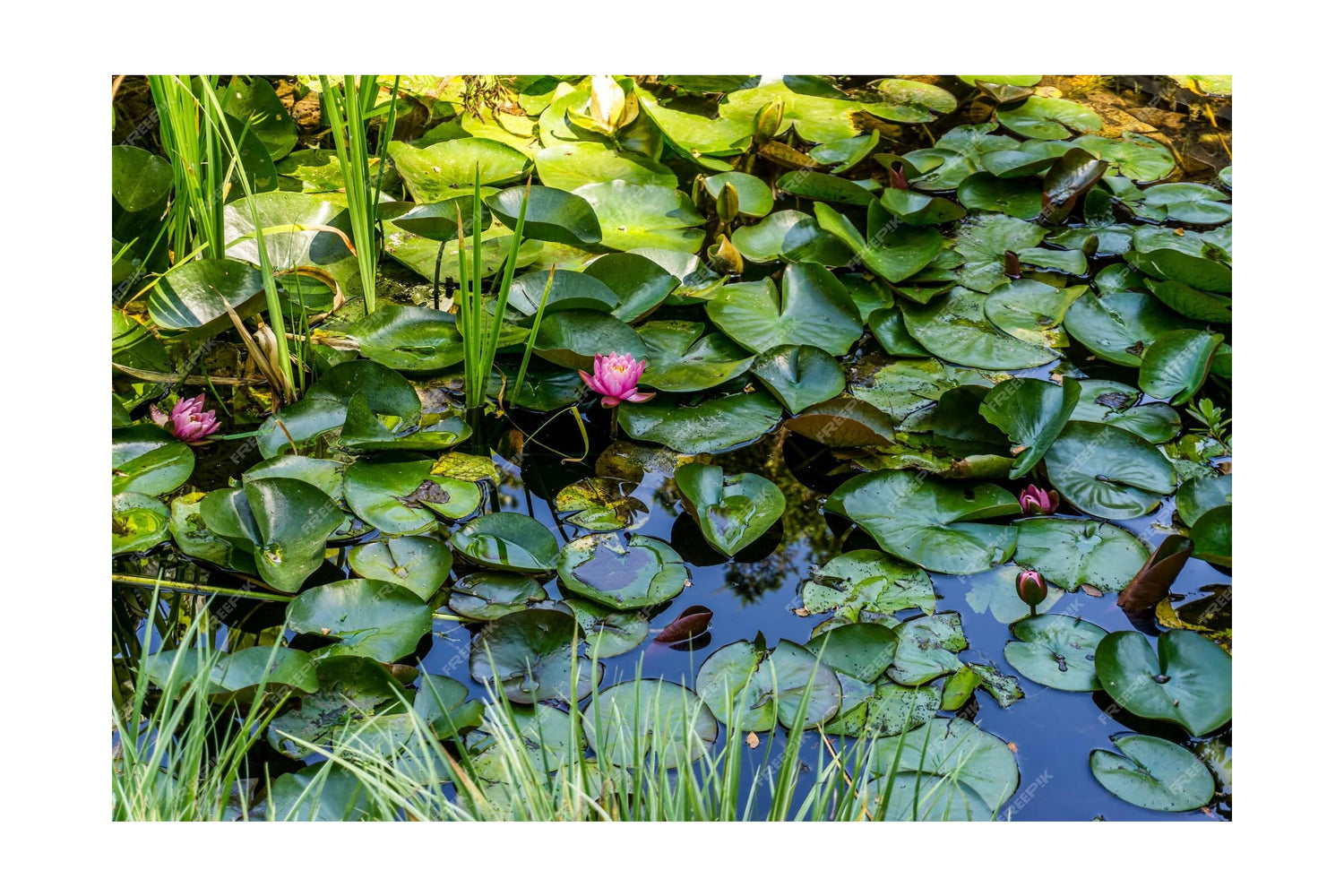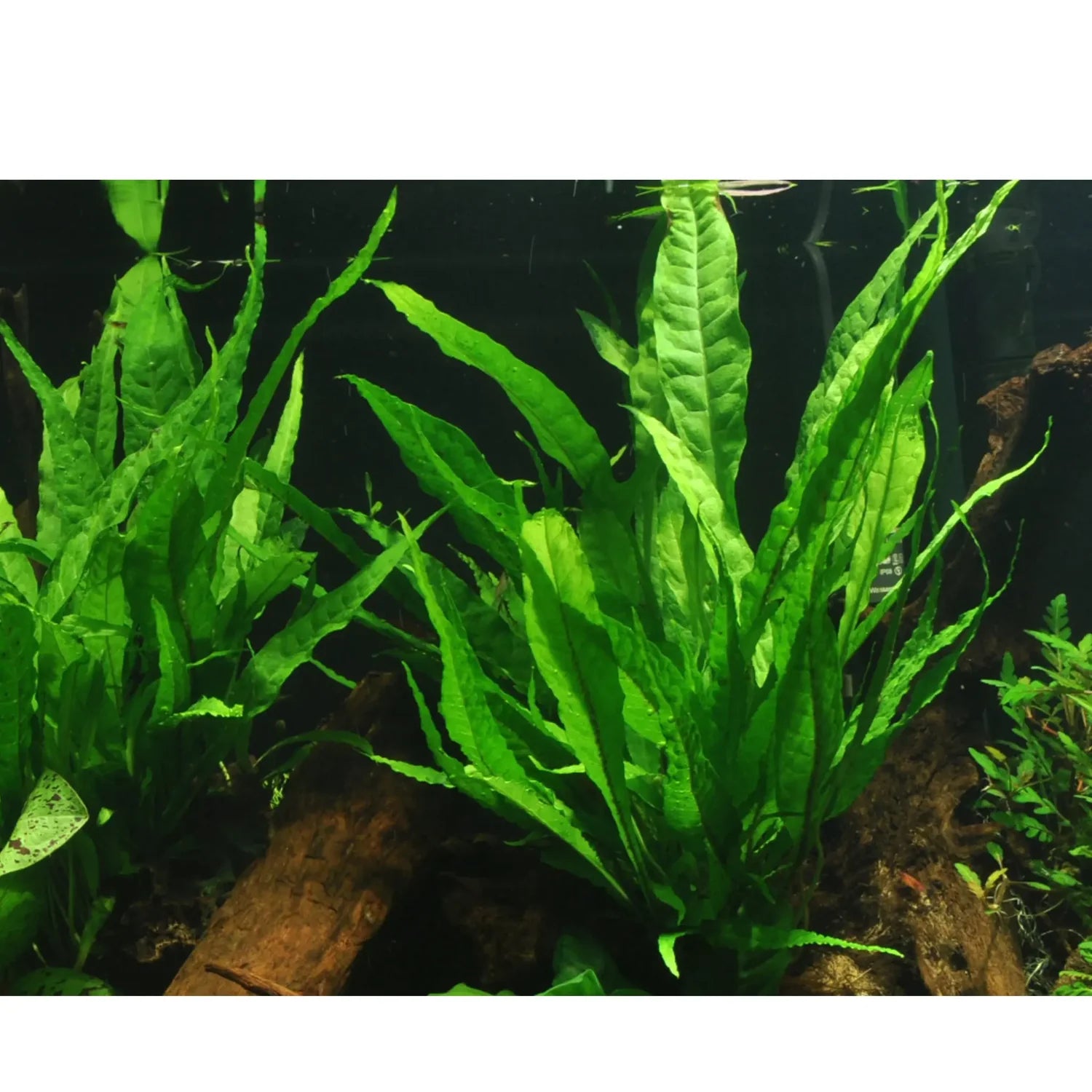Lighting plays a vital role in the success of a planted aquarium. Just as sunlight is essential for terrestrial plants, proper lighting is crucial for the growth and well-being of aquatic plants. In this blog post, we will explore the basics of lighting for healthy plant growth in your aquarium. We'll discuss the different aspects of aquarium lighting, including intensity, spectrum, duration, and the optimal lighting setup to create a thriving aquatic ecosystem.
Section 1: Importance of Lighting for Aquatic Plants Aquatic plants rely on light as their primary source of energy through photosynthesis. Adequate lighting is essential for photosynthesis, which drives plant growth, development, and the production of oxygen in the aquarium. The right balance of light intensity and duration is crucial to ensure vibrant and healthy plant growth.
Section 2: Understanding Light Intensity and Spectrum Light intensity refers to the amount of light reaching the plants, while the spectrum refers to the color and wavelength of light emitted. Different plant species have varying light requirements, with some requiring high-intensity lighting and others thriving under lower levels. Choosing the appropriate spectrum, such as daylight or full-spectrum bulbs, helps simulate natural light conditions and promote optimal plant growth.
Section 3: Determining Lighting Duration The duration of lighting in your aquarium is crucial for maintaining a natural day-night cycle and providing sufficient light for plant growth. Generally, most planted aquariums require a lighting period of 8 hours per day - more than this and it tends to cause issues.
Section 4: Optimal Lighting Setup for Planted Aquariums To create an optimal lighting setup for your planted aquarium, several factors need to be considered:
- Type of Lighting: LED lighting has become popular due to its energy efficiency, customizable settings, and longevity. It provides a wide spectrum of light options and adjustable intensities to meet the needs of different plant species. However, it can be very powerful so if using LEDs, be sure to use a controller that allows you to reduce your intensity.
- Placement of Lights: Position the lights above the aquarium in a way that provides even coverage to all plants. Consider using mounting brackets or adjustable fixtures for flexibility. IF you invest in a lighting unit that is too small for your aquarium, your plants will end up leaning towards the light causing an unnatural growing style.
- Light Reflection: Utilize reflective surfaces, such as white backgrounds to maximize light penetration into the aquarium and enhance overall plant growth. This isn't always needed but often a good choice for lower value LED units.
Section 5: Aquarium Lighting Maintenance and Troubleshooting Regular maintenance of your aquarium lighting is essential to ensure optimal performance and long-term success. LEDs tend to last for 50,000 hours and are water proof (assuming you've purchased them specifically for a fish tank) and therefore by the time 50,000 hours has passed, lighting tech will have moved on and it will be a good time to invest in a new light.
Conclusion: Proper lighting is a crucial component of creating a vibrant and healthy planted aquarium. Understanding the importance of light intensity, spectrum, and duration allows you to provide the ideal lighting conditions for your aquatic plants to thrive. Remember to consider the specific lighting requirements of your plant species and make adjustments as needed. Stay tuned for our next blog post, where we will explore the essential role of CO2 supplementation in promoting robust plant growth.





